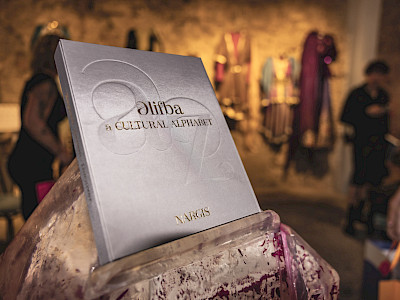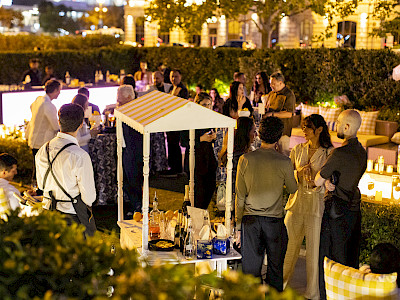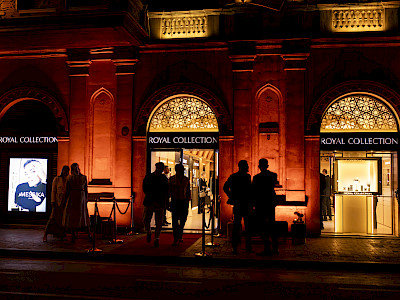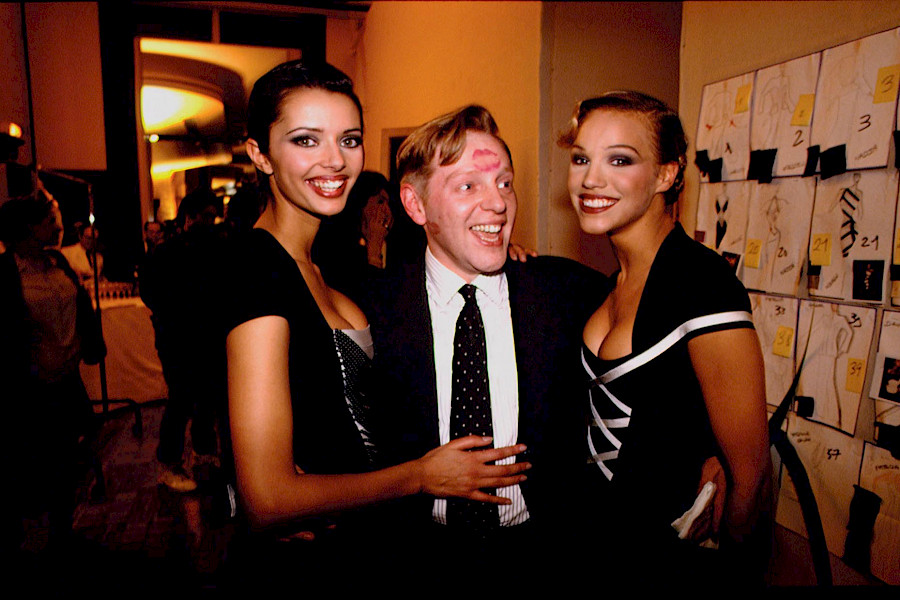
This legendary French couturier became famous under a name which is today known on all the continents – from South America to Australia. By fate, in the late nineties he lost everything he had including the rights for his own name. He had to pass through difficult way of returning to a big podium, to rethink his art and to reborn under the new, sonorous name Hervé L.Leroux. That’s a real legend of Phoenix.
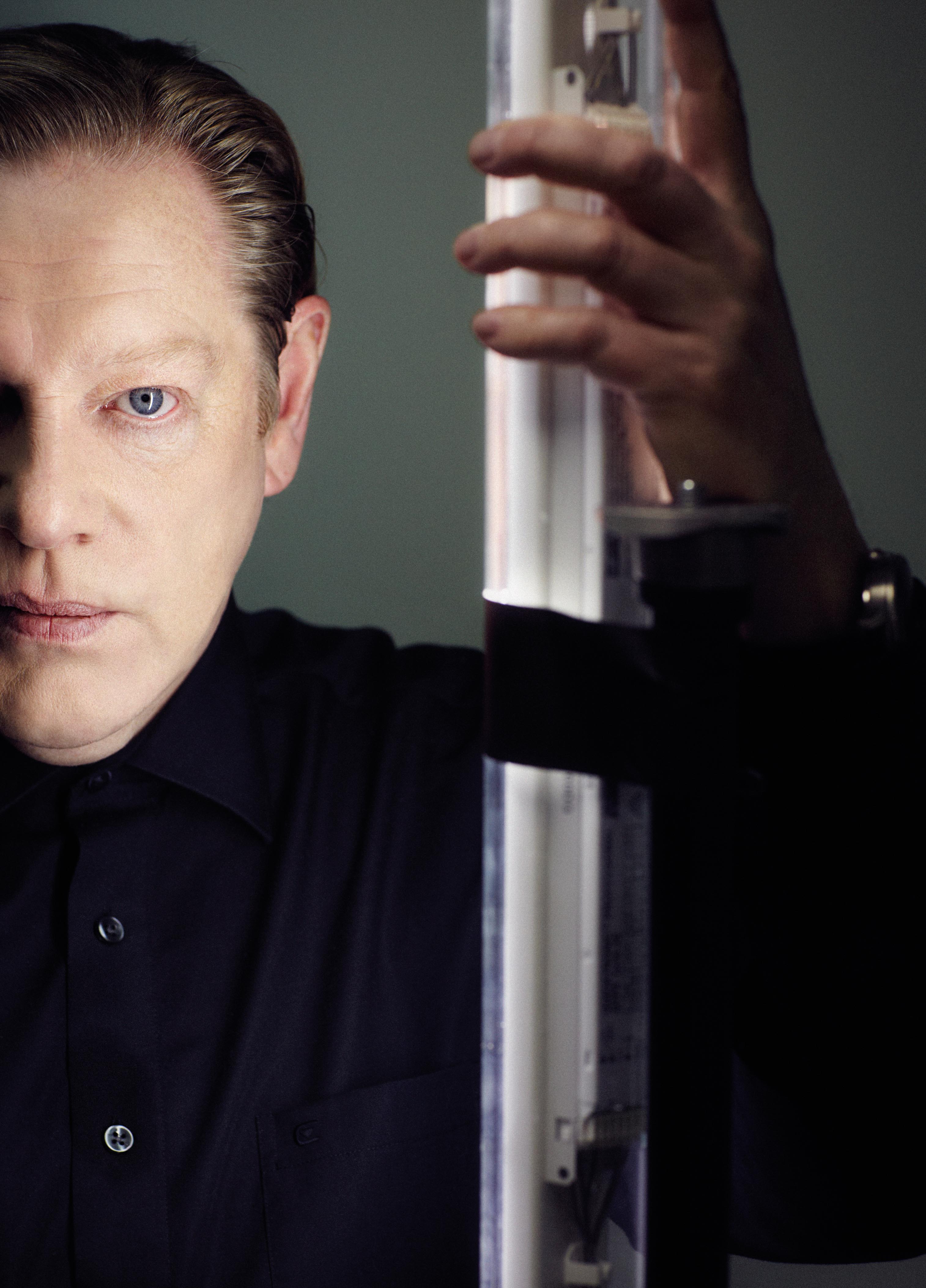
Early morning. The lobby of Marriott Hotel in Tbilisi is still lit with desk lamps, and it seems like the night still continues. Employees of hotel are working lazily, and, meanwhile, I think of the forthcoming conversation with the designer who forever wrote his name in the history of fashion. Coco Chanel will always remain in memories as the creator of "a little black dress", Gianfranco Ferrè – as the king of perfectly tailored white shirts, and Hervé Leger created bandage dress, which still drives millions of women crazy. And very few people know that Hervé Leger for already over ten years does not work on collections of the brand created by him. In 1999 he was forced to leave his Fashion house and had to open a new one under the name Hervé L.Leroux… Finally there he comes: middle-aged man with the hair slicked back and in dark sunglasses. From the first minute he disposed to himself, and I feel that I just will not dare to speak about that period when everyone thought, that he was destroyed.
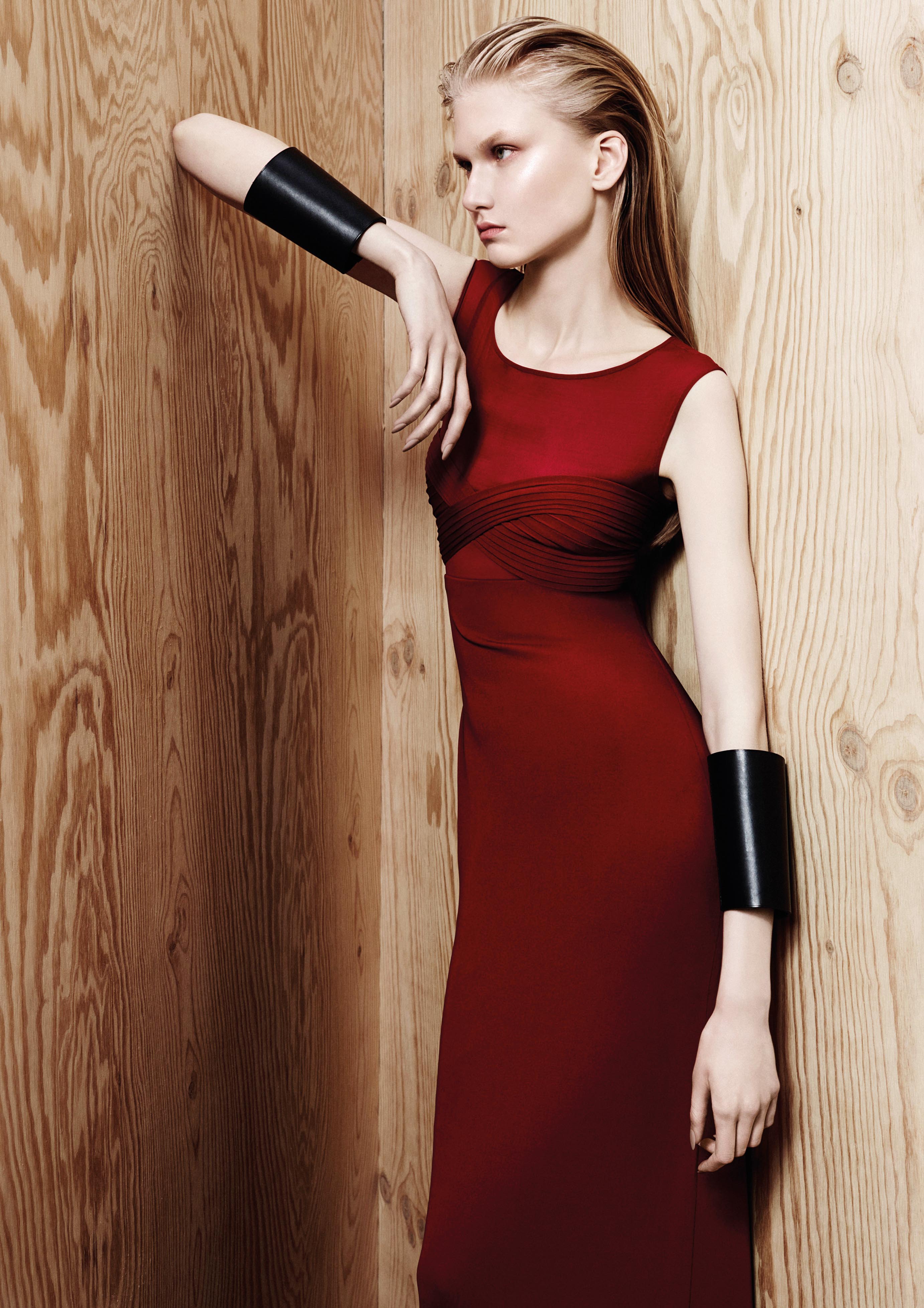
Good morning, Monsieur Hervé. How are you?
Great! I am in a good mood.
Let’s start from the very beginning. Do you remember the moment when fashion entered your life? What is your brightest flashback?
I remember how I decided to go into fashion. You know, I was born in north of France, where practically were no any opportunities for creative growth. After moving to Paris I firstly started to study art. I also insanely wanted to become independent from parents, to work. So I became a hair stylist. Then I was into making different hats…It’s a funny story: I once found a book in my grandmother’s house, which described in detail how to make hats, and this got me very excited. But I continued working as hairdresser. Show of Chloe, which was opened by the famous model at that time Marie Helvin, became my first fashion "backstage" experience. I still remember her going out to the runway with a parrot on her head. It was amazing! At that moment I said to myself: “That’s enough! I don’t want to be a hairdresser anymore. I want to be a designer”.
And what were your first steps?
Once Tan Giudicelli – he was very popular and successful in late 70’s – asked to create hats for his collection. As a result, I made a gigantic hat in Belle Époque style, with a lobster on top of it. Something with a surrealistic spirit of Elsa Schiaparelli…After a short time he offered me to design three dresses for his show: his atelier was swamped, and it was only three days left to the show. I agreed at my own risk. When I showed my work to Tan he was so happy and said: “You have a great sense of fashion. You should stop cutting hair and come working with me!”. Of course, I dropped everything and started to learn sewing. This was the beginning of my career as designer.
Monsieur Hervé speaks with enthusiasm, but without changing his tone. He smiles, and it is obvious that the memories bring him joy. He passionately loves fashion and everything about it. Perhaps, exactly this love saved him when he had to start from scratch – to recreate himself and a new brand.
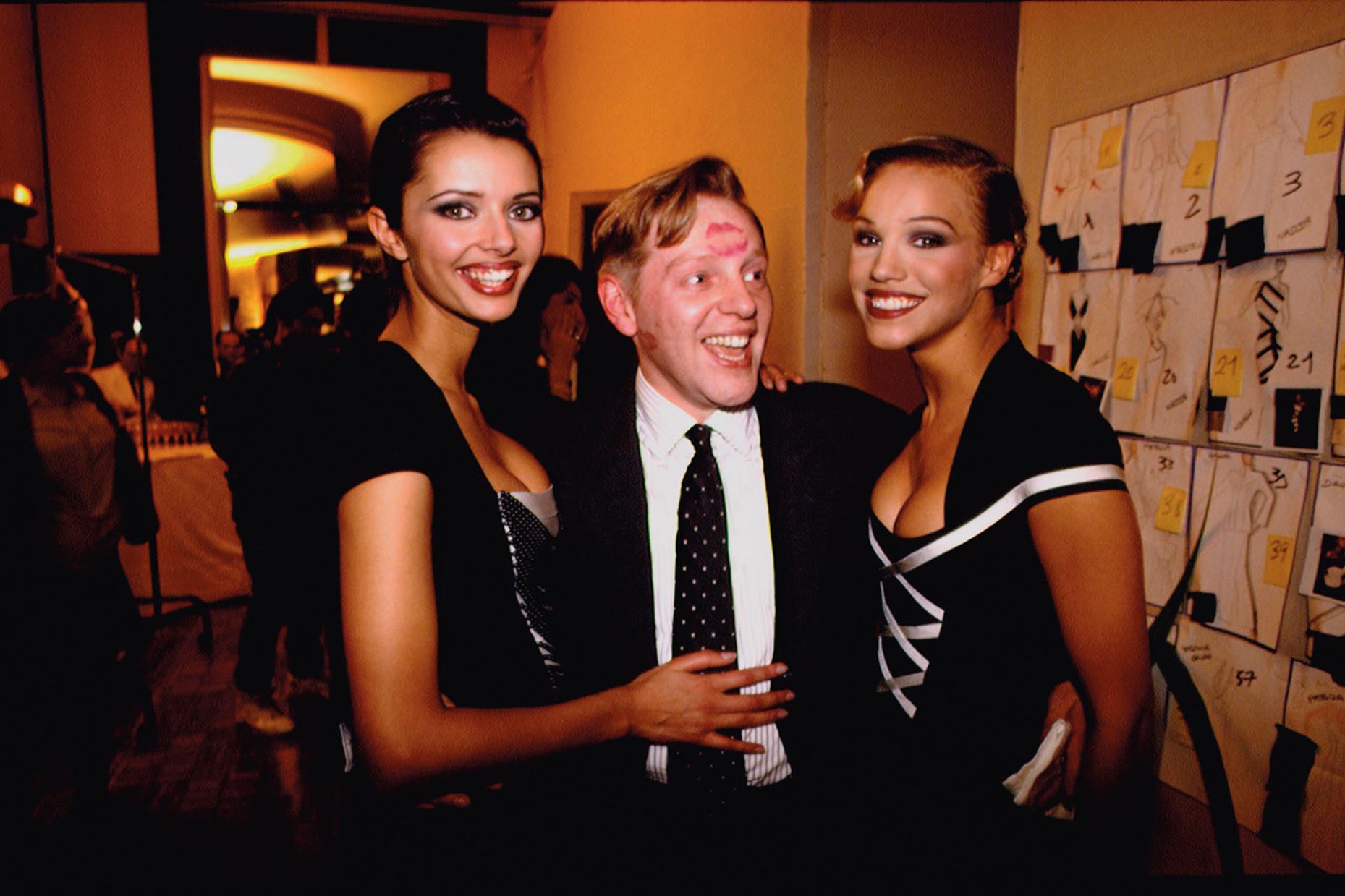
The Bandage dress is your masterpiece. How it was born?
I opened my own brand in 1985, but this dress came out in early 90’s. That’s why I think that the real start of my career was in those 90’s. I was preparing a little show at the Parisian Angelina Tea Salon. The collection was almost done, but something was missing for the intense and bright finale. And plus, I ran out of fabrics. So I went to the factory and saw the strips of metallic lurex on the floor. I asked: “What is it?”. I was told that those were the leftovers from production and will go to trash. Eventually, I took a whole box of these strips, came home and started to attach one to another on a wooden mannequin. I wanted to make a dress without even a single stitch (this is, by the way, a trade mark of a bandage dress) and at the same time I did not want to use zippers. When the dress was ready, one of my clients easily put it on, but could not get out of it! This is how I made my first bandage dress.
You mean that it was created only for the show?
Yes, but after the show came real success. This dress took attention not only of many people, but also a press. The first to write about it was American Elle. The interview had a photo from the show…Well, and then things went on the rise. For the next season I have already created nine bandage dresses. Buyers from around the world began to arrive for them, orders were coming even from Hong Kong. The problem was, that I was not physically able to make such large amount of dresses in the short term. We had to expand the staff to satisfy all customers...
What is the secret of this dress?
Everything is simple: it helps woman to look stunning! The technique that I made gives opportunity to look gorgeous, because it keeps the body in shape, so even an imperfect body in this dress looks flattering. This is some kind of a modern variation of a corset but wireless.
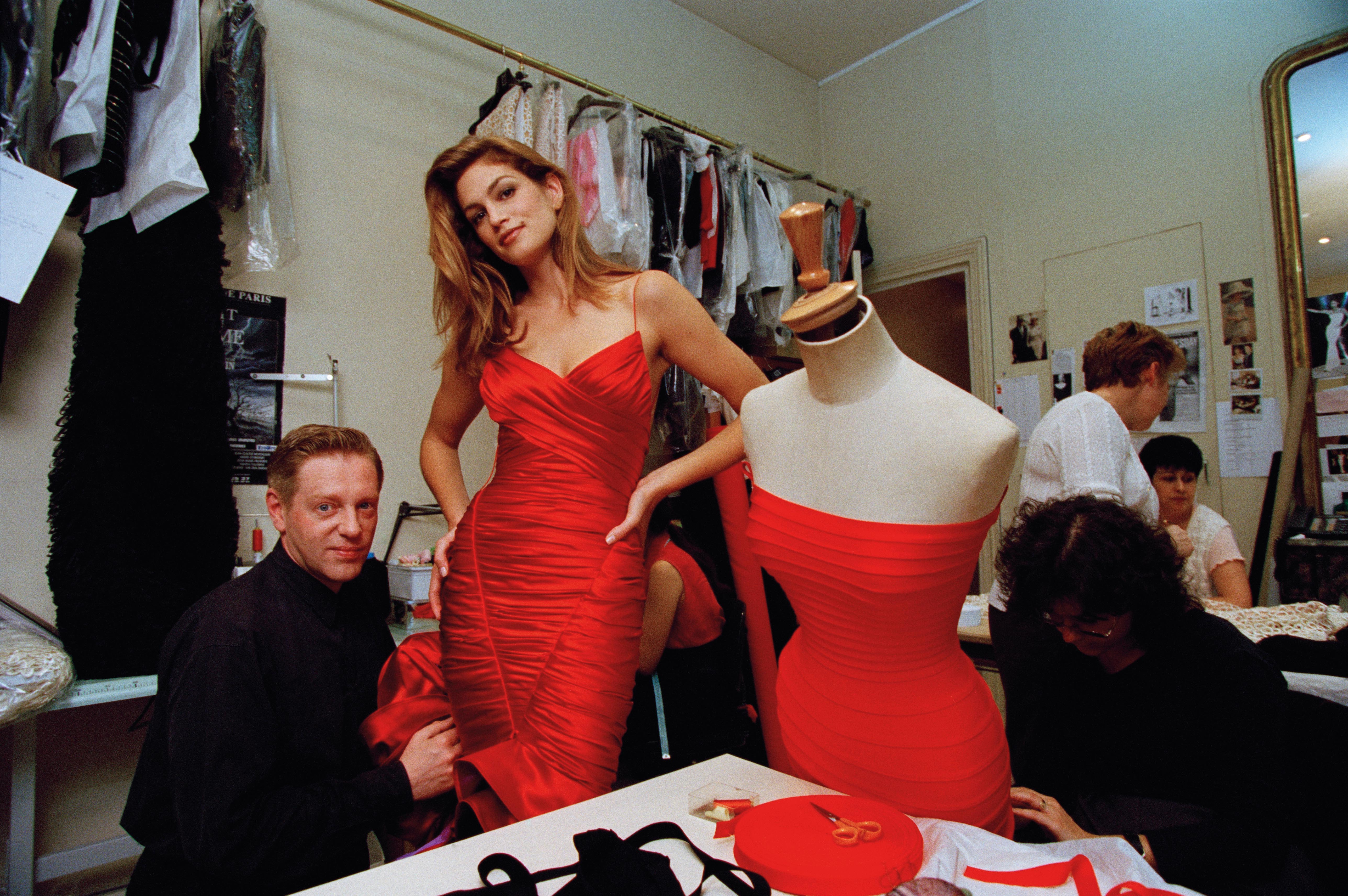
If to compare Paris at the rise of your career and now, which changes do you see?
At that time fashion was a real passion. But today everyone thinks only about profit. Fashion turned into a business…And it should be, I accept this easily. But when the money is on the first place without any dream, art, magic – this is very sad…Fashion as art is already dead. You could easily meet a designer in some café before. People were open for conversations, you could sit at the same table with Claude Montana, Mugler, Lagerfeld…I started working with Karl after meeting him at one of the dinners, organized by my friend in Woman’s Wear Daily: she loved throwing house parties, which was very rare in Paris. It was a simple gathering, and not charity soirees. So, at one of these dinners we got to talking about corsets – at that time everyone were obsessed with them. We met on Saturday and on Monday my friend called and said: “Karl wants to see you! Grab your sketches and go to him!”. At the meeting Karl told me: “I don’t care about sketches. I am looking for assistant at Fendi in Rome”, - and I answered: “Yes!”. Next Friday I was already flying to Italy. After, I switched to Chanel and worked there one year, side to side with Lagerfeld…
There is a truth in Leger’s words. Nowadays young designer has to pass through the barrier of dozens of assistants, PR managers and security for at least saying hi to Karl Lagerfeld. Designers are not in the shadow anymore; they went out to the world and gained the status of a star along with actors and singers. Their faces became another weapon for brand promotion and business development. Herve Leger is an exception: he is open to everyone, gives master classes in universities, meets with students and, within his capacities, helps them. In 70’s, 80’s, 90’s designers were free. Even fashion shows were more spectacular. Not without reason, the word “show” is now more often replaced with dry “runway”. It is enough to remember Montana and Mugler: girls in their shows are beautiful, only their walk made men’s hearts tremble. Monsieur Hervé is proud and considers himself lucky: you bet, he had the privilege to work with the first top models – from Linda to Cindy. They could do anything just to be in his show. And the most important, they adored fashion and clothes. Leger admits, that quite often the outfits disappeared after the show…
Don’t you like today’s models?
No, I don’t want to say that current models are not beautiful. But they are all the same – skinny, unemotional. They are like robots, without any charm…Shows became boring and not inspiring. I love Victoria’s Secret’s shows, because they are always like a parade.
And what can you say about new generation of designers?
I like very much the works of a young designer Mark Fast. Today’s fashion industry is full of names and changes at the speed of light. In Paris you can buy any item right after the show. Unbelievable! Fox example, the shop Collette put on sale the clothes from the Moschino show only one hour after its ending. This is amazing and I love it!
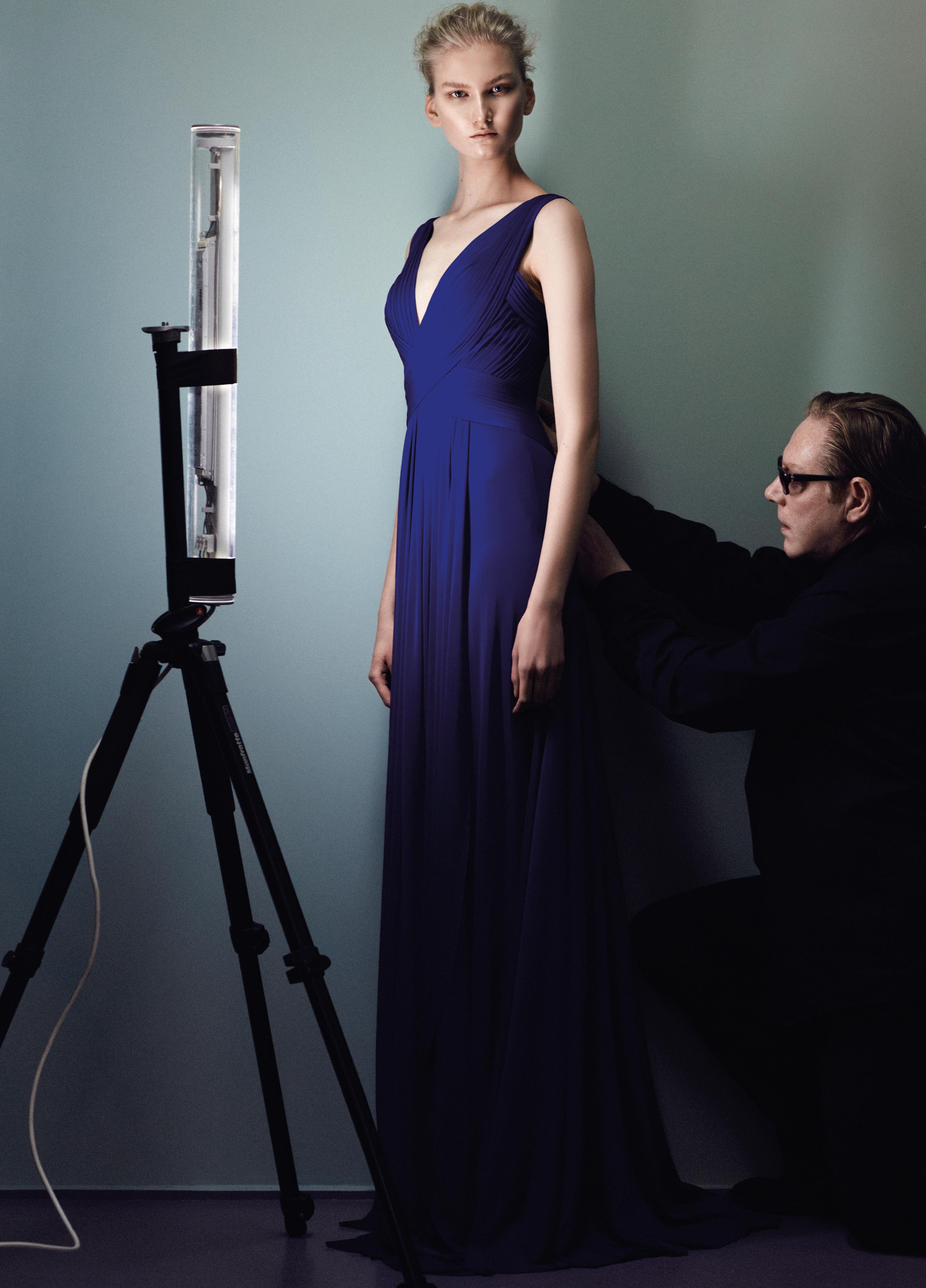
By the way, what are your thoughts about Jeremy Scott’s works?
He is funny. And he creates things that are very brave for our time. Some kind of modern Andy Warhol but in fashion industry.
Is it possible to notice designer’s talent in one sketch?
No, sketch is just a 5% from the whole work. And you can figure out anything, if you can draw, but it all does not have sense if you cannot create a dress with your own hands. The talent is seen in the final work. I remember seeing Alexander McQueen’s work for the first time on the cover of Woman’s Wear Daily. I told my sister: “This guy has a talent!”. And I was right. He is an absolute genius of our age.
In the evening we meet with Monsieur Hervé again at dinner in honor of his arrival to Tbilisi organized by our general mutual friend Sofia Chkonia. And I got lucky: out seats were nearby and like old friends we continue our conversation. It is noisy, sounds of glasses clinking and louds toasts come from other tables. We talk a lot about different things: about cities with history; about Zaha Hadid inventing incredible things, bot Leger doesn’t think that this should be architecture; about him liking the rain, because he has a garden…
A garden? But you don’t use flower prints.
Oh I hate prints. But I get from flowers more – the colors! And also, dress ideas. You know, flowers sometimes can look very unusual. And, of course, garden is a place for relaxation. Fashion is a dynamic business: you have to create one collection after another, and this can be very exhausting. Garden teaches patience – each flower blossoms in its own time, and you need to humbly wait for it. This is why I make small collections to have time to make a pause and think over what to do and where go further…
INTERVIEW:STANISLAV KARAYEV
The interview was published in the 12th issue.

